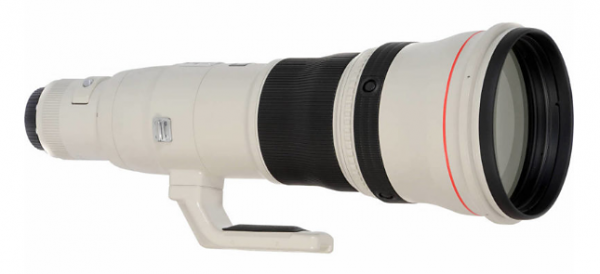Ron Leach
|
Jul 25, 2016
|
Jul 25, 2016
|
Jul 21, 2016
Seagate Unveils the World’s Highest Capacity Hard Drive with Room for All Your Images, Videos & More
|
Jul 21, 2016
|
Jul 21, 2016
|
Jul 20, 2016
|
Jul 20, 2016
|
Jul 20, 2016
|
Jul 18, 2016











